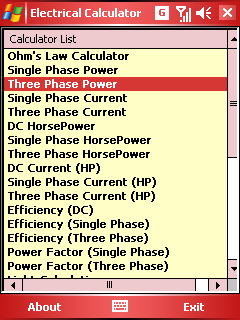

Read the Newton's Second Law of Motion physics tutorial and build your physics knowledge of Dynamics Dynamics Physics tutorial: Newton's Second Law of Motion.Helps other - Leave a rating for this force (see below) Newton's Second Law of Motion" physics lesson? People who liked the "Newton's Second Law of Motion lesson found the following resources useful: The Standard Procedure Used for Solving Exercises on the Newton's Second Law of MotionĮnjoy the "The Relationship between Force, Mass and Acceleration. The Advantages of Drawing a Force Diagram When Dealing with Forces The Relationship between Force, Mass and Acceleration. More Newton's Second Law of Motion Lessons and Learning Resources Dynamics Learning Material Tutorial ID There are 3 lessons in this physics tutorial covering Newton's Second Law of Motion, you can access all the lessons from this tutorial below. You have reached the end of Physics lesson 4.6.1 The Relationship between Force, Mass and Acceleration. This causes the ball to slow down and eventually stop. We know that frictional force has an opposite direction to the motion, so the resultant force is negative.

Frictional force now is the only force acting on it. After throwing it, the moving force becomes zero as no force is pushing the ball anymore. As an example in this regard, we can consider a rolling ball along a horizontal surface. This causes a slowing down in the object's motion. As a result, the acceleration will be negative as well. Remark! If the resultant force is negative, it mean that resistive forces are greater than the moving force. Therefore, no resultant force exists in the up-down direction.Īs for the left-right direction, we have:Īs you see, there is a strong relationship between Kinematics and Dynamics when studying the motion of objects. Thus, from the figure we can see that the forces F 4 and F 5 cancel each other, as they are equal in magnitude and opposite in direction. We have to calculate the resultant force acting at the object first, in order to find the acceleration later.

"The acceleration an object gains due to the action of a force (or the resultant of some forces) is directly proportional to the force itself and inversely proportional to the mass of the object." Example 1įive forces are acting at a 40 kg object as shown in the figure below. In words, the Newton's Second Law of Motion states that: The vector equation of resultant force in this case is: As a result, the object will move in the direction of the resultant force as shown in the figure below. When forces are not balanced, the resultant force at the object is different from zero. As a result, the objects move at constant velocity when the forces acting on them are balanced.īut what happens when forces acting at the same object are not balanced? Does the object still move at constant velocity?

It was explained that Inertia is a physical concept related to objects' tendency to preserve their previous state of motion. The Meaning of Inertia", we stated that heavy objects are more inert than light ones as they have a greater mass. In the previous tutorial, " Newton's First Law of Motion. Newton's Second Law of Motion, this is the first lesson of our suite of physics lessons covering the topic of Newton's Second Law of Motion, you can find links to the other lessons within this tutorial and access additional physics learning resources below this lesson. The following Physics Calculators are provided in support of the Work, Energy and Power tutorials.Welcome to our Physics lesson on The Relationship between Force, Mass and Acceleration. In addition to the Work, Energy and Power tutorials, we also provide online Work, Energy and Power Calculators which allow you to calculate specific Work, Energy and Power formula in support of the tutorials or to check and verify your own calculations in support of your homework, coursework or thesis. Other topics covered include the law of energy conservation, the energy stored in a stretched or compressed spring and concepts such as power and efficiency. This section begins with the meaning of work and its relationship with energy, then it continues with a look at various types of energy that are analyzed and illustrated with examples.


 0 kommentar(er)
0 kommentar(er)
